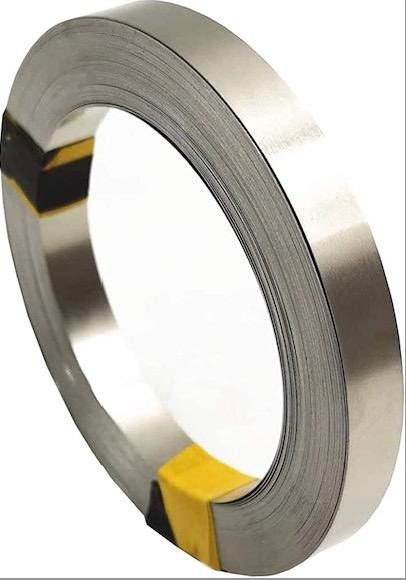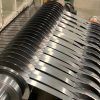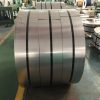430 Stainless Steel Coil/Strip Description
430 stainless steel coil has one key property, which is its ability to resist oxidation and rust in humid or mildly corrosive environments. It has at least 16% chromium, which makes for an invisible protective layer on the surface to prevent rust. Another advantage is its resistance to high temperatures (up to 1500°F) while not losing strength or becoming brittle. Good ductility and formability make it easy to be shaped into different products. 430 stainless steel is frequently used in aerospace engineering, medical device manufacturing, petrochemical processing plants, and marine applications such as marine fittings. However, welding 430 stainless steel can be challenging due to its high chromium content. Be sure to clean them thoroughly with a wire brush to remove any discoloration caused by heat exposure during the welding process.
Product Parameters
| Product Name | 430 Stainless Steel Coil/Strip |
| Type | Steel Coil/Strip |
| Thickness | 2.5mm-10.0mm |
| Length | 2000mm, 2440mm, 3000mm, 5800mm, 6000mm, etc. |
| Width | 610mm-2000mm |
| Standard | ASTM, AISI, JIS, GB, DIN, EN, etc. |
| Surface | BA, 2B, NO.1, NO.4, 4K, HL, 8K, etc. |
| Scope of Application | Widely used in high temperature and electrical industry, medical equipment construction, chemical, food industry, agriculture and ship parts, food and beverage packaging, Kitchen supplies, trains, airplanes, conveyor belts, vehicles, bolts, nuts, springs and screens, etc. |
| Certificate | ISO, SGS, BV, etc. |
| Production Technology | Hot Rolling, Cold Rolling |
| Edge Processing | Edging, Trimming |
Chemical Composition
| C | Si | Mn | Cr | Ni | S | P |
| ≤ 0.12 | ≤1.0 | ≤1.0 | 16.0~18.0 | ≤0.75 | ≤ 0.03 | ≤ 0.04 |
Mechanical Properties
| Tensile Strength Kb (MPa) | Yield Strength σ0.2 (MPa) | Elongation D5 (%) | Hardness |
| ≥634 | ≥440 | ≥20 | Annealing≤ 223HB; quenching and tempering ≥ 192HB |
Physical Performance
| Density(g/cm³) | Modulus of Elasticity(Gpa) | Coefficient of Thermal Expansion(10-6/°C) | Coefficient of Thermal Conductivity(W/m*K) | Resistivity(ΜΩ. cm) |
| 7.70 | 200 | 10.4 | 23.9 | 360 |









